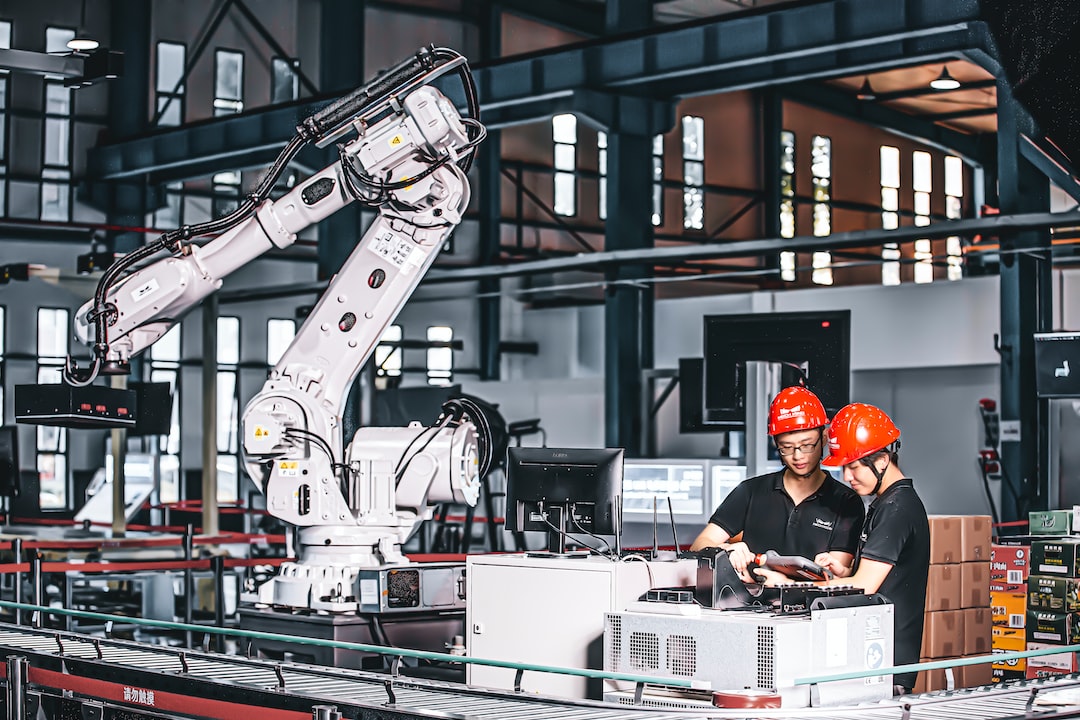Additive manufacturing, popularly known as 3D printing, is a technology that enables the creation of three-dimensional objects from digital designs. With the ability to swiftly create complex and customized components, 3D printing has taken off as a powerful tool for manufacturing. The technology has revolutionized many industries, including aerospace, automotive, and healthcare.
Additive manufacturing enables faster and more flexible production, making it possible to create products on demand, which reduces the cost of warehousing and transportation. 3D printing also allows for customization and personalization, ensuring products are tailored to the individual needs of customers. Another advantage of this technology is that it can create parts that are too complex or difficult for traditional manufacturing processes, showcasing the versatility of this new technology.
3D printing also provides a greener and more sustainable approach to manufacturing by reducing the amount of waste produced by using less material and energy. The technology has the potential to disrupt traditional supply chains and manufacturing processes, making them more efficient and streamlined.
The automotive industry has been one of the early adopters of 3D printing as it offers several advantages. For example, additive manufacturing makes it possible to create complex and lightweight auto parts, which can help reduce vehicle emissions. The production of components on a “just-in-time” basis can save money and space by eliminating the need for mass production that requires huge inventories. Furthermore, 3D printing allows for customization, enabling car manufacturers to create personalized parts for each car model or customer.
Additive manufacturing has also gained popularity in the aerospace industry. One of the potential applications of 3D printing in this industry is the production of lightweight components for aircraft or spacecraft. With space exploration reaching new heights, 3D printing can provide an economical and efficient way to create the necessary components required for space travel.
The healthcare industry has also benefited from the use of additive manufacturing. Customized implants, prosthetics, and medical devices are some of the most significant developments in this industry made possible by 3D printing. Personalized medical devices can be created to fit each patient, improving patient outcomes and reducing recovery time.
The demand for 3D printing is increasing as more and more industries adopt this powerful technology. The need for customization, faster and efficient production, and environmentally friendly manufacturing processes are driving the growth of additive manufacturing.
To conclude, 3D printing is transforming the future of industrial production as it offers many advantages that traditional manufacturing cannot provide. Additive manufacturing has revolutionized several industries by providing flexibility, customization, and sustainability. The rise of 3D printing has created a new wave of manufacturing, and the future holds exciting and innovative possibilities for this cutting-edge technology.

